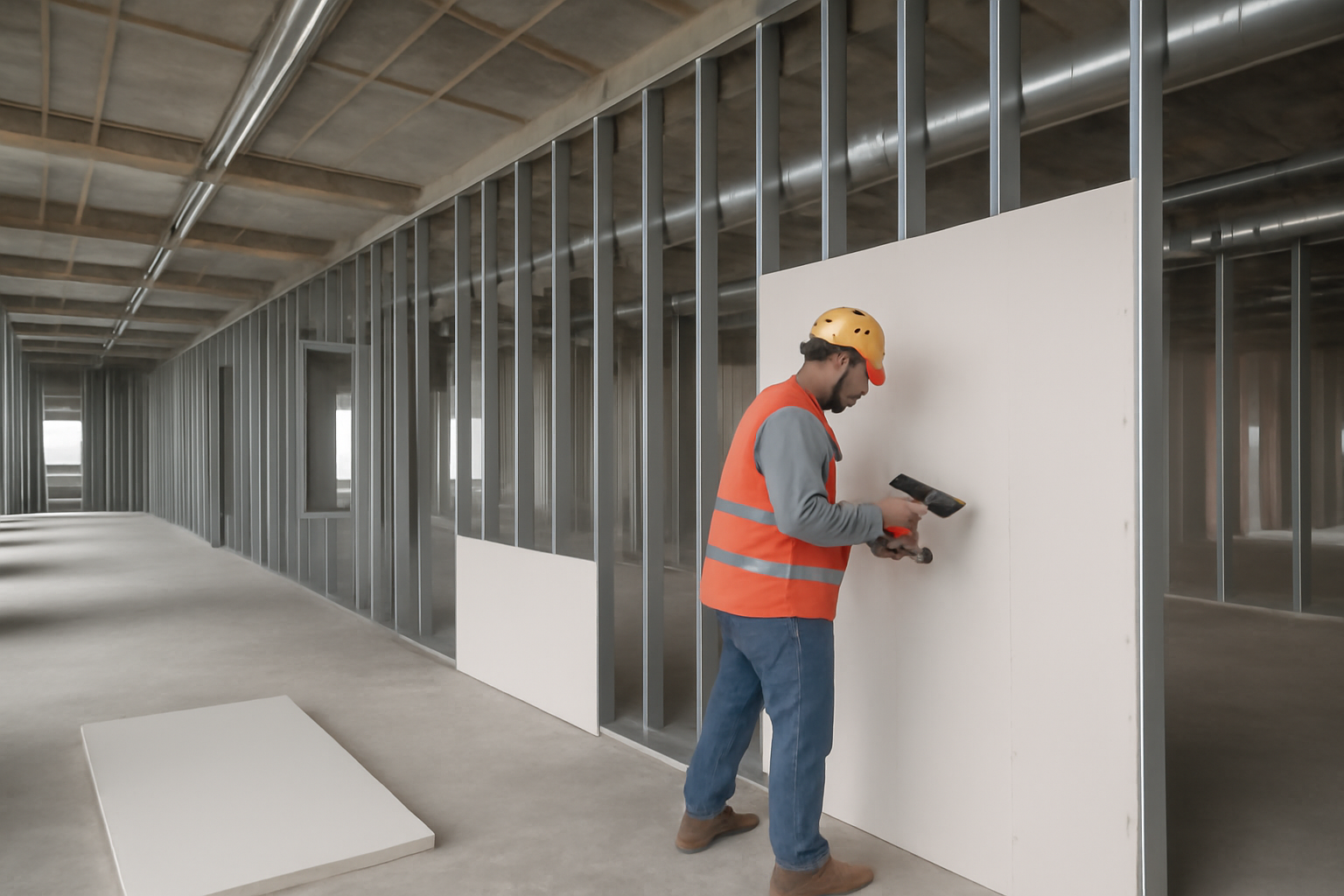
For architects, engineers, and general contractors, few tools are as valuable as a cost feedback loop—particularly when estimating drywall scopes. Estimating is not just about arriving at a number; it's about developing a learning system that improves over time. Without structured feedback from actual jobsite performance, even the best estimates can drift from reality, opening the door to cost overruns and missed opportunities. Building a reliable feedback loop helps teams refine accuracy, manage risk, and sharpen their competitive edge in drywall estimating.
A cost feedback loop is the ongoing process of comparing estimated costs against actuals, identifying discrepancies, and applying those insights to future estimates. In essence, it transforms your past projects into a strategic asset for future bids.
Drywall estimating is uniquely impacted by site conditions, production rates, wall complexity, and design changes. That makes it the perfect candidate for an iterative improvement approach.
Establishing a feedback loop doesn't have to be complex—but it does need consistency. Here's a step-by-step guide to implementing one for your drywall estimating workflows:
Break down job cost reporting to the same structure used in your estimates—by wall type, by activity (framing, boarding, finishing), and by project phase. This allows for apples-to-apples comparisons.
Use estimate vs. actual comparisons to spot which assemblies consistently run over budget. For example, fire-rated walls in corridor zones may show lower productivity due to access constraints.
Refine your labor rates and material yields based on actual performance. If framing consistently takes longer in healthcare projects, bake that into your productivity logic.
With Active Estimating, teams can connect their estimates to real-world data sources, allowing for dynamic tracking of cost and production metrics across project phases. This not only improves forecasting but ensures that lessons learned are actually carried forward.
When applied to drywall estimating, this enables clear tracking of how specific assemblies—like high STC-rated walls or shaft walls—perform in different building types. Rather than relying on static templates, your estimating logic evolves with each completed job.
Sharpening drywall estimates isn’t about perfection—it’s about progress. By implementing a cost feedback loop, you empower your estimators to make smarter, data-backed decisions that improve with every project. The result is tighter budgets, more competitive bids, and greater confidence from both your team and your clients. Don’t let valuable jobsite data go to waste—turn it into your greatest estimating advantage.
Schedule a personalized demo to see how Active Estimating can work for your specific needs.
